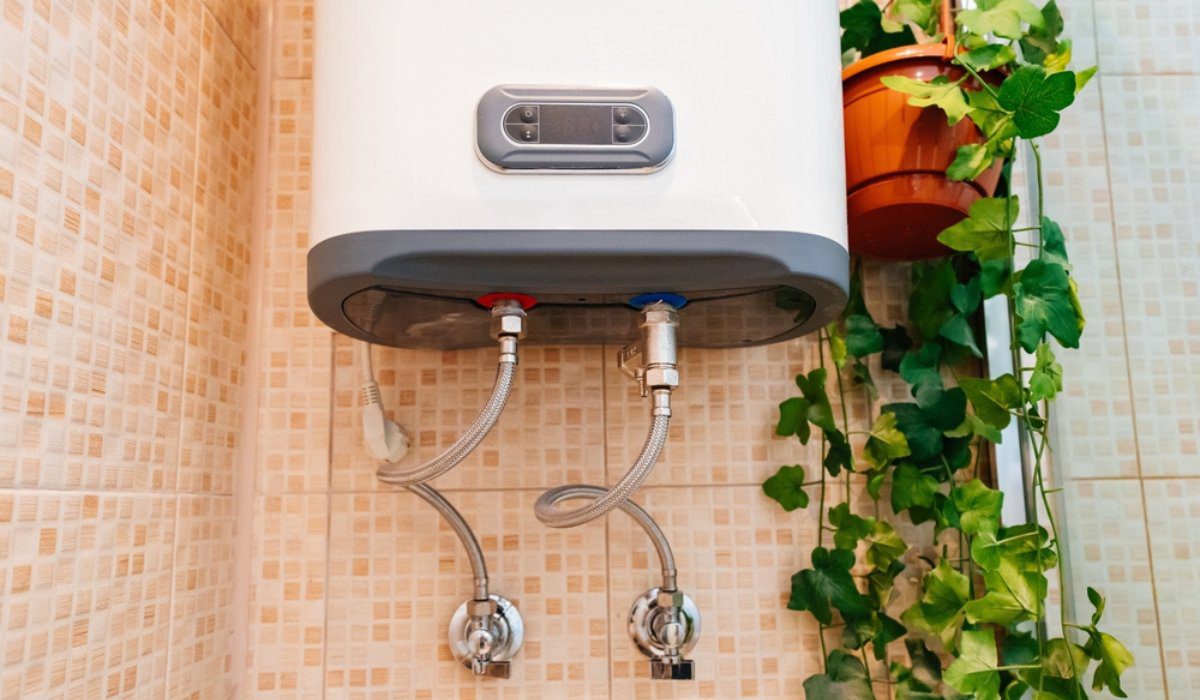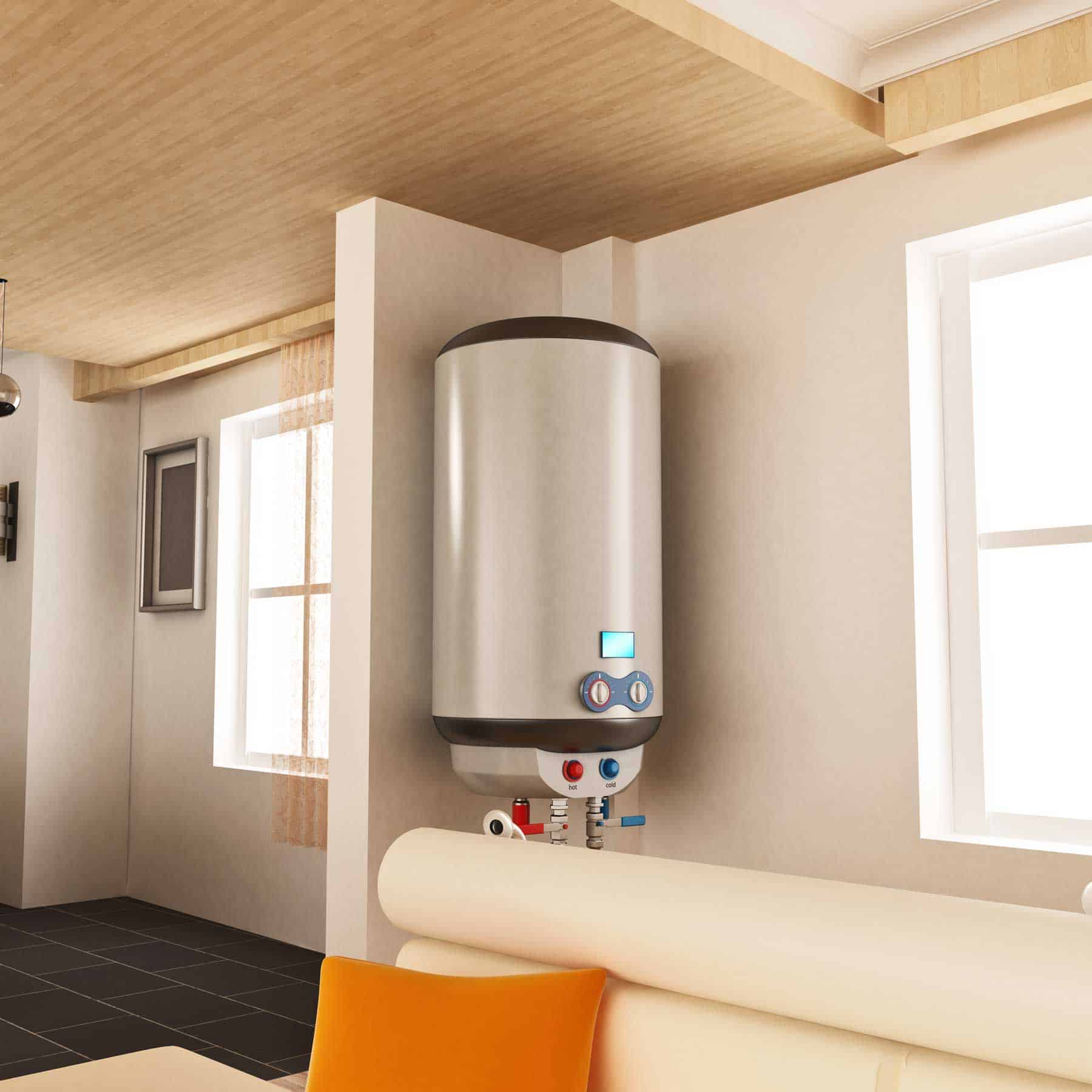How to Keep Your Home's Hot Water System in Good Condition
How to Keep Your Home's Hot Water System in Good Condition
Blog Article
How do you really feel about What Kind of Maintenance Do Water Heaters Need??

Hot water is essential for daily comfort, whether it's for a refreshing shower or cleaning meals. To guarantee your hot water system runs successfully and lasts much longer, routine upkeep is essential. This article gives functional pointers and understandings on how to maintain your home's warm water system to stay clear of interruptions and costly fixings.
Intro
Preserving your home's hot water system could appear challenging, yet with a couple of easy actions, you can ensure it runs efficiently for many years to come. This overview covers whatever from understanding your warm water system to do it yourself maintenance tips and knowing when to call specialist help.
Significance of Keeping Your Hot Water System
Regular maintenance not just extends the lifespan of your warm water system yet likewise guarantees it runs effectively. Disregarding upkeep can result in reduced effectiveness, greater power costs, and even premature failing of the system.
Indicators Your Warm Water System Needs Maintenance
Recognizing when your hot water system requires attention can stop significant issues. Watch out for indicators such as inconsistent water temperature level, strange noises from the heating unit, or corroded water.
Understanding Your Hot Water System
Prior to diving into maintenance tasks, it's practical to understand the basic elements of your warm water system. Typically, this consists of the hot water heater itself, pipes, anode poles, and temperature controls.
Monthly Maintenance Tasks
Routine month-to-month checks can assist capture small concerns before they rise.
Purging the Water Heater
Purging your water heater eliminates sediment build-up, improving performance and lengthening its life.
Checking and Replacing Anode Rods
Anode rods avoid rust inside the storage tank. Inspecting and replacing them when worn out is important.
Checking and Changing Temperature Level Settings
Changing the temperature settings guarantees ideal efficiency and safety and security.
Do It Yourself Tips for Upkeep
You can perform several maintenance jobs on your own to maintain your hot water system in leading condition.
Looking for Leakages
Consistently evaluate pipelines and links for leakages, as these can bring about water damage and greater costs.
Checking Stress Relief Valves
Evaluating the pressure safety valve ensures it operates appropriately and stops extreme pressure accumulation.
Protecting Pipelines
Shielding hot water pipelines minimizes warm loss and can save power.
When to Call a Specialist
While do it yourself upkeep is useful, some issues call for specialist know-how.
Complicated Problems Calling For Specialist Aid
Examples include major leaks, electrical troubles, or if your hot water heater is continually underperforming.
Regular Expert Maintenance Conveniences
Professional maintenance can consist of extensive evaluations, tune-ups, and guaranteeing compliance with safety and security requirements.
Final thought
Routine maintenance of your home's warm water system is important for performance, durability, and price savings. By complying with these tips and knowing when to look for professional aid, you can guarantee a trustworthy supply of warm water without unexpected disruptions.
Water Heater Maintenance Tips
Test the TPR Valve
Shut off the power and the cold-water supply valve. Place a bucket under the pipe connected to the temperature-pressure-release (TPR) valve on the top or side of the tank. (This valve opens if the tank pressure gets too high.) Lift the valve’s tab to let some water out, then let go. If water keeps flowing, drain the tank partway, unscrew the old valve with a pipe wrench, and install a new one. Check the Anode Rod
Put a hose to the tank’s drain cock and let out a few gallons of water. Now fit a 1 1/16-inch socket onto the rod’s hex head on top of the heater (or under its top plate) and unscrew the rod. If it’s less than ½ inch thick or coated with calcium, buy a new one, wrap its threads with Teflon tape, put it back in the tank, and tighten securely. Use this segmented rod if headroom above the tank is limited. Drain the Tank and Wash Out Sediment
Drain the remaining water in the tank into the bucket, then stir up the sediment on the tank’s bottom by briefly opening the cold-water supply valve. Drain and repeat until clean water comes out of the hose. Close the drain cock, refill the tank, and turn its power back on. Adjust the Temperature
Find the temperature dial on the side of the tank and unscrew its cover. Adjust the dial to 120 degrees using a flathead screwdriver. For every 10 degrees the temperature is lowered, you can expect to save up to 5 percent in energy costs. Turn the water heater off or the thermostat down to its lowest setting if you plan to be away from home for more than three days. Insulate the Pipes
Buy some self-sticking 3/8-inch-thick foam pipe insulation that matches the pipes’ diameter. Slide the foam over the hot-and cold-water pipes as far as you can reach. Insulating the cold-water pipe prevents condensation in summer. Peel the tape and squeeze the insulation closed. If the pipe is 6 inches or less from the flue, cover it with 1-inch-thick unfaced fiberglass pipe wrap. https://www.thisoldhouse.com/plumbing/21016402/how-to-maintain-a-water-heater

We were made aware of that article about Tips For Maintaining Your Hot Water Heater through an acquaintance on another domain. So long as you enjoyed our blog post plz don't forget to share it. I am grateful for being here. Return soon.
Call Today Report this page